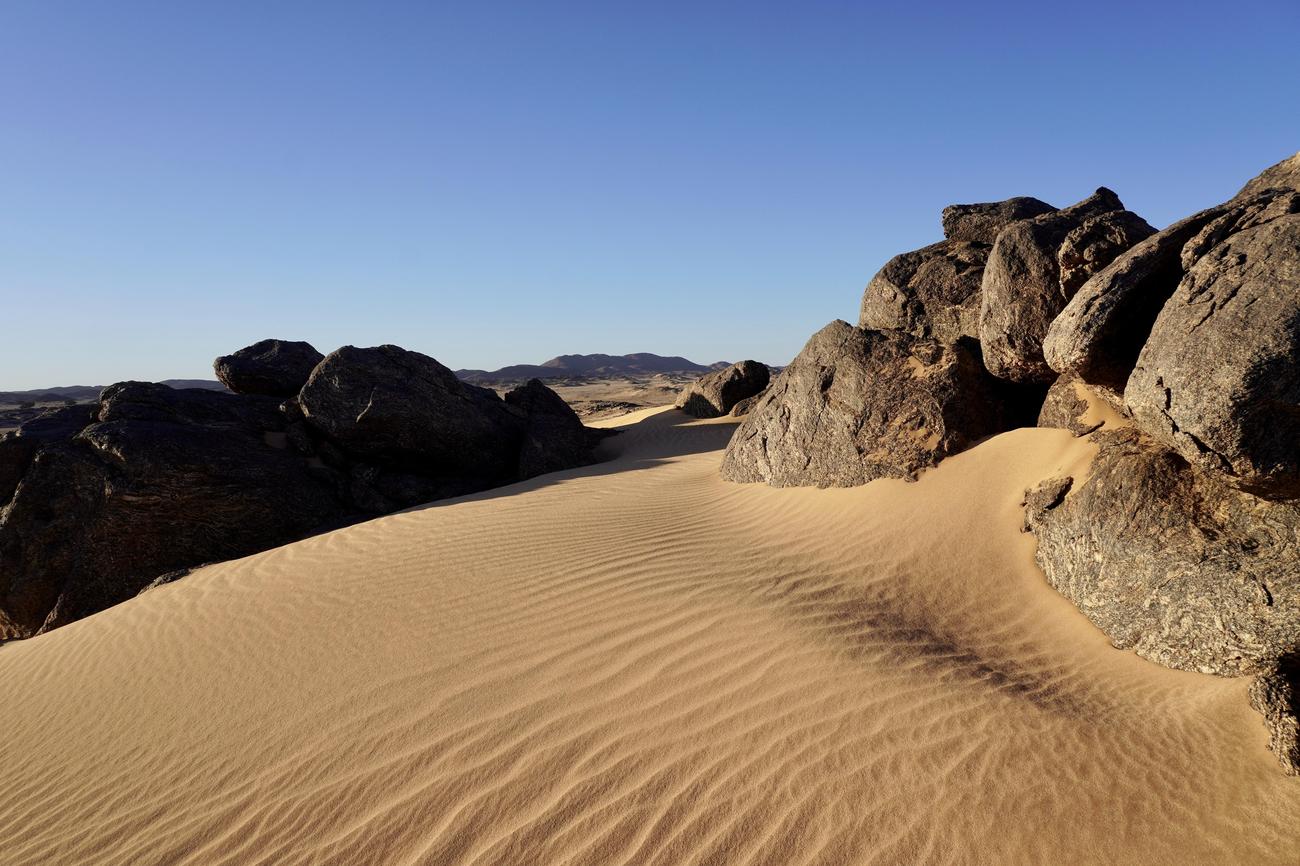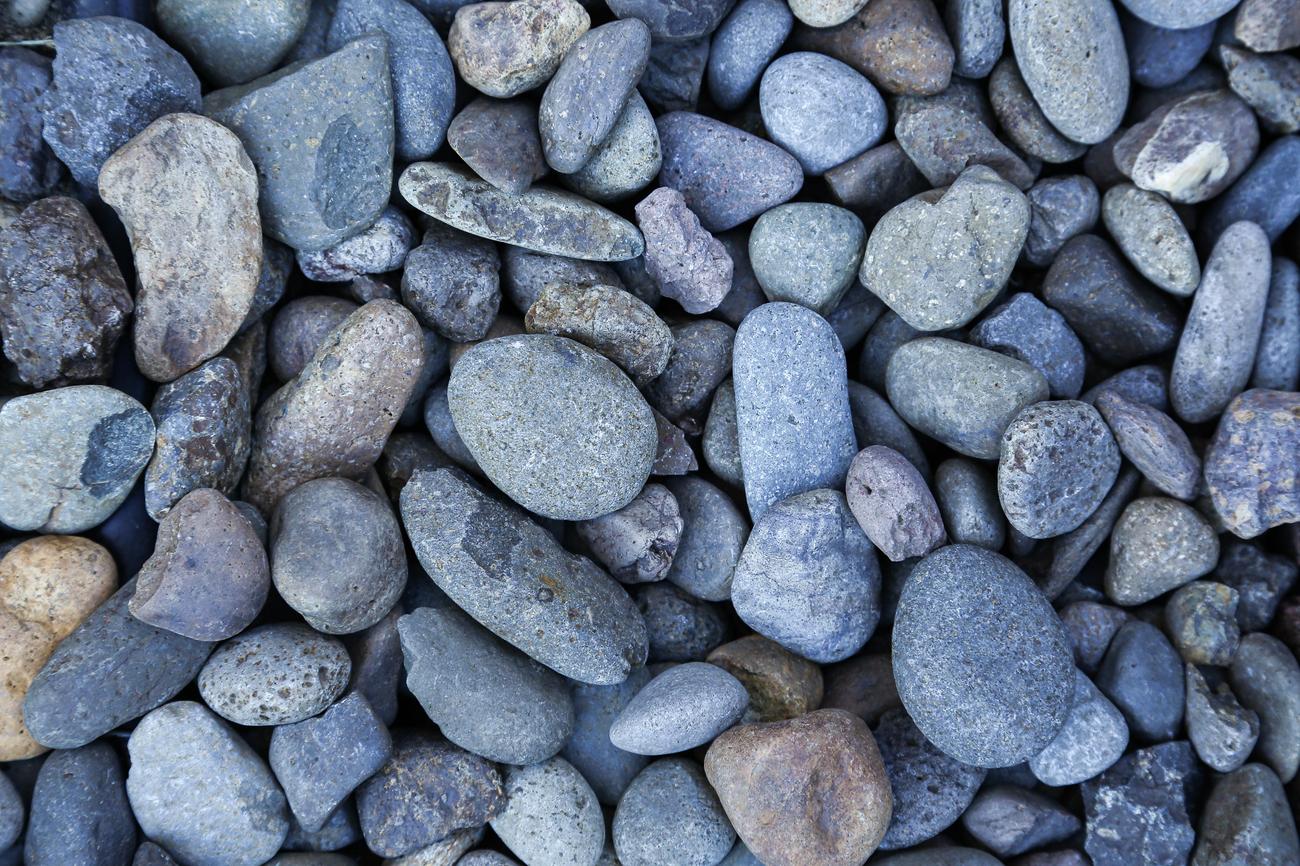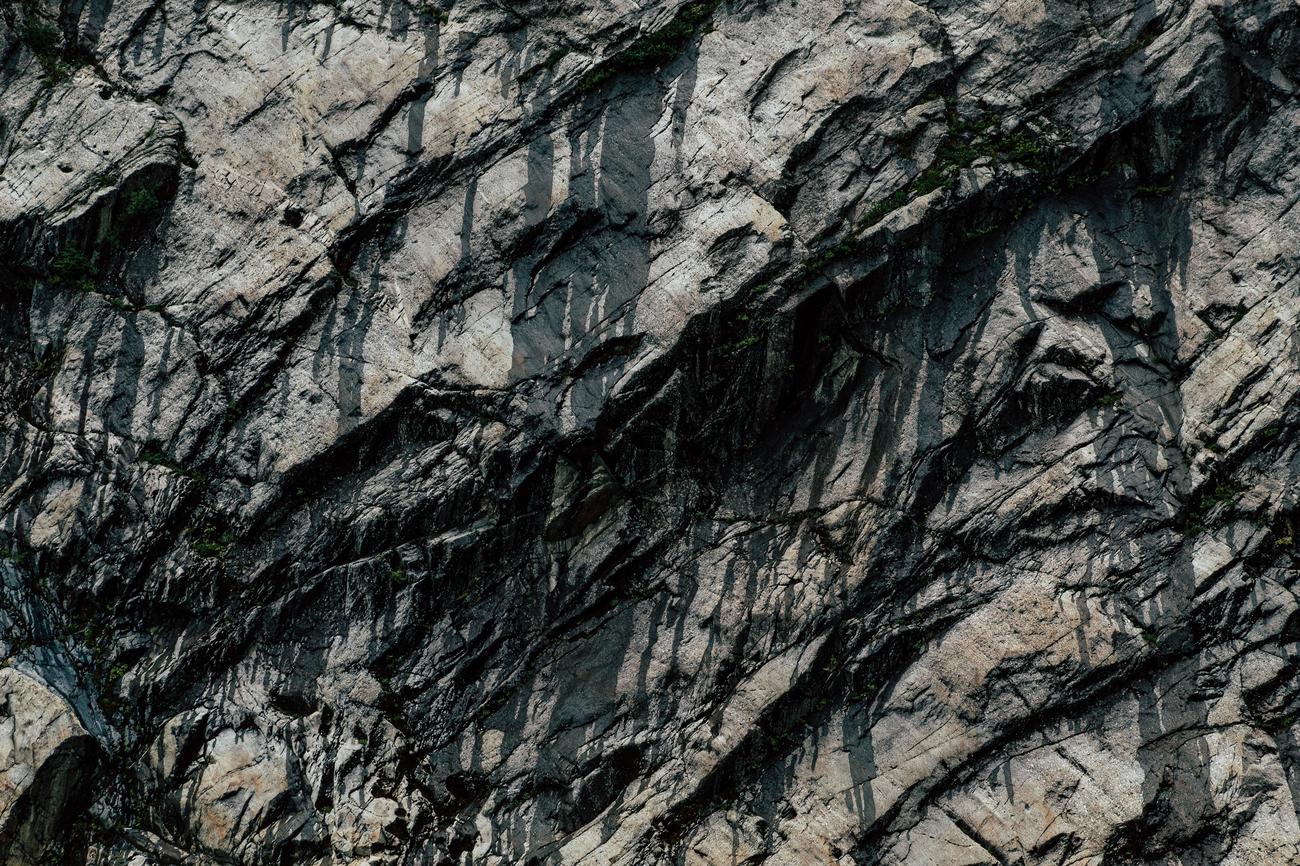Welcome to the enchanting world of granite rocks! In this article, we will delve into the captivating realm of Fun Facts About Granite Rocks. Prepare to be amazed as we uncover the hidden wonders, origins, composition, and unique properties of these geological marvels. Join us on this journey as we unravel the mysteries and unravel the intriguing secrets that lie within the realm of granite rocks.

Fun Facts About Granite Rocks
Granite rocks have been captivating the world with their remarkable properties and fascinating origins. Let’s dive into the wonders of granite and unravel some intriguing fun facts that make this igneous rock truly unique.
The Oldest Rock on Earth
Did you know that granite is the oldest rock on the planet? It formed during the early geologic periods, making it millions of years old. Imagine the wealth of history encapsulated in this enduring rock!
“Granite, the ancient messenger of time, silently holding the secrets of our planet’s early years.”
Radioactive, Yet Harmless
One might expect that a radioactive rock like granite would be harmful to humans. However, fear not! Granite may contain traces of radioactive elements like uranium and thorium, but they are present in such small amounts that they pose no significant health risks.
“Radiating with a touch of mystique, granite defies conventions – beautiful, strong, and benign.”
The Grainy Masterpiece
Have you ever wondered how granite got its name? The word “granite” originates from the Latin word “granum,” which means grain. This name perfectly describes the distinctive granular texture that sets granite apart from other rocks.
“Caressed by Nature’s artistic hand, granite dazzles with its grainy elegance.”
A Mosaic of Minerals
Exploring the composition of granite reveals a world of minerals coming together in perfect harmony. Quartz, feldspar, mica, and hornblende are some of the primary minerals found in granite, each contributing its unique traits to this majestic rock’s overall essence.
“In the magical realm of granite, a tapestry of diverse minerals weaves a tale of geological splendor.”
A Slow Journey from the Depths
Unlike volcanic rocks that form from cooling lava on the Earth’s surface, granite is a plutonic rock. This means it forms deep underground from slowly cooling magma. This gradual process allows the minerals in granite to crystallize and blend, creating its characteristic interlocking grainy structure.
“Born in the fiery depths, granite emerges like a phoenix, shaped by time’s patient touch.”
Unyielding Strength
If you’re searching for one of the toughest materials in the world, look no further than granite. With a rating of 7 on the Mohs scale of hardness, granite effortlessly withstands the test of time. It’s no wonder that granite has been sought after for centuries for its durability and resilience.
“Solid as a fortress, granite stands strong against the ceaseless passage of years.”
Engraved in History
Granite’s enduring strength and captivating beauty have made it a favored choice for some of the most iconic structures in the world. From the pyramids of Egypt, which have weathered millennia, to the majestic Mount Rushmore monument and the Statue of Liberty pedestal, granite’s presence is etched into the annals of human history.
“Forever etching its mark on the world’s stage, granite lends its solidity to the testament of time.”
As we unravel the captivating world of granite, we discover a rock that transcends mere geological formations. Granite is a testament to Earth’s ancient past, radiating beauty and strength while connecting us to the wonders of our planet’s history.
“In the grand tapestry of Earth’s marvels, granite stands tall – a timeless masterpiece carved by nature’s hand.”
Granite is a fascinating natural stone, with a rich history and countless intriguing properties. If you’re curious to learn more about this stunning material, dive into our collection of fun facts about granite. From its formation deep within the Earth’s crust to its incredible durability and range of colors, there’s so much to discover. Click here to uncover the hidden wonders of granite:fun facts about granite.
Fun Facts About Granite Rocks
Did you know that granite rock formations have a fascinating history? These magnificent structures, formed over millions of years, can be found all over the world. From the towering mountains to the mesmerizing cliffs, granite rocks offer a breathtaking sight. If you’re curious to learn more about the wonders of granite, click here to discover some interesting granite facts that will leave you amazed!
Are you captivated by the beauty and durability of granite in architecture? Its timeless elegance and strength make it a popular choice in constructing magnificent structures. Whether it’s a towering skyscraper or a stunning cathedral, granite has the power to inspire awe. Discover the many uses of granite in architecture by clicking here and be prepared to be amazed by its versatility!
Are you curious to learn more about the incredible granite rock formations? Click here to explore these captivating geological wonders that have stood the test of time. Marvel at the breathtaking landscapes carved out by nature itself and gain a deeper appreciation for the awe-inspiring beauty of granite rock formations. Prepare to be mesmerized by their majestic presence and intriguing formations by clicking here!
Remember to take a moment to follow the respective links to discover more about granite rock formations, interesting granite facts, and the uses of granite in architecture. Each link will transport you to a world of fascination and wonder, where you can delve deeper into the captivating realm of granite. Happy exploring!
Uses of granite in architecture

FAQ
Question 1: What makes granite the oldest rock on the planet?
Answer 1: Granite is an igneous rock that formed during the early geologic periods, making it the oldest rock on the planet.
Question 2: Is granite harmful to humans despite being radioactive in nature?
Answer 2: No, granite is not harmful to humans despite being radioactive in nature.
Question 3: Why is granite called “granite”?
Answer 3: The name “granite” comes from the Latin word “granum,” meaning grain, due to its granular texture.
Question 4: What minerals make up granite?
Answer 4: Granite is composed of minerals such as quartz, feldspar, mica, and hornblende.
Question 5: How did granite form deep underground?
Answer 5: Granite is a plutonic rock, meaning it formed deep underground from slowly cooling magma.
- Senior at What Age: Benefits & Eligibility Guide - March 29, 2025
- Unlocking Senior Benefits: How Old is a Senior? Your Complete Guide - March 29, 2025
- Master Russian Politeness:A Guide to Saying Please - March 29, 2025
















